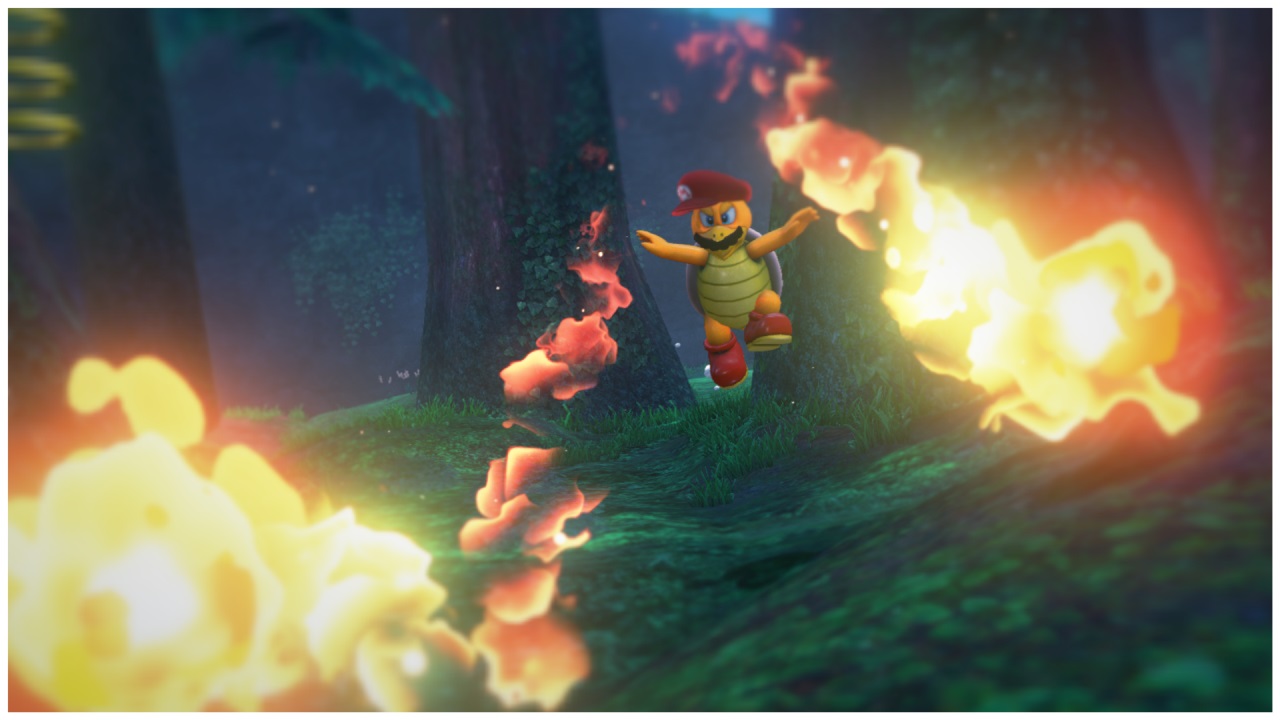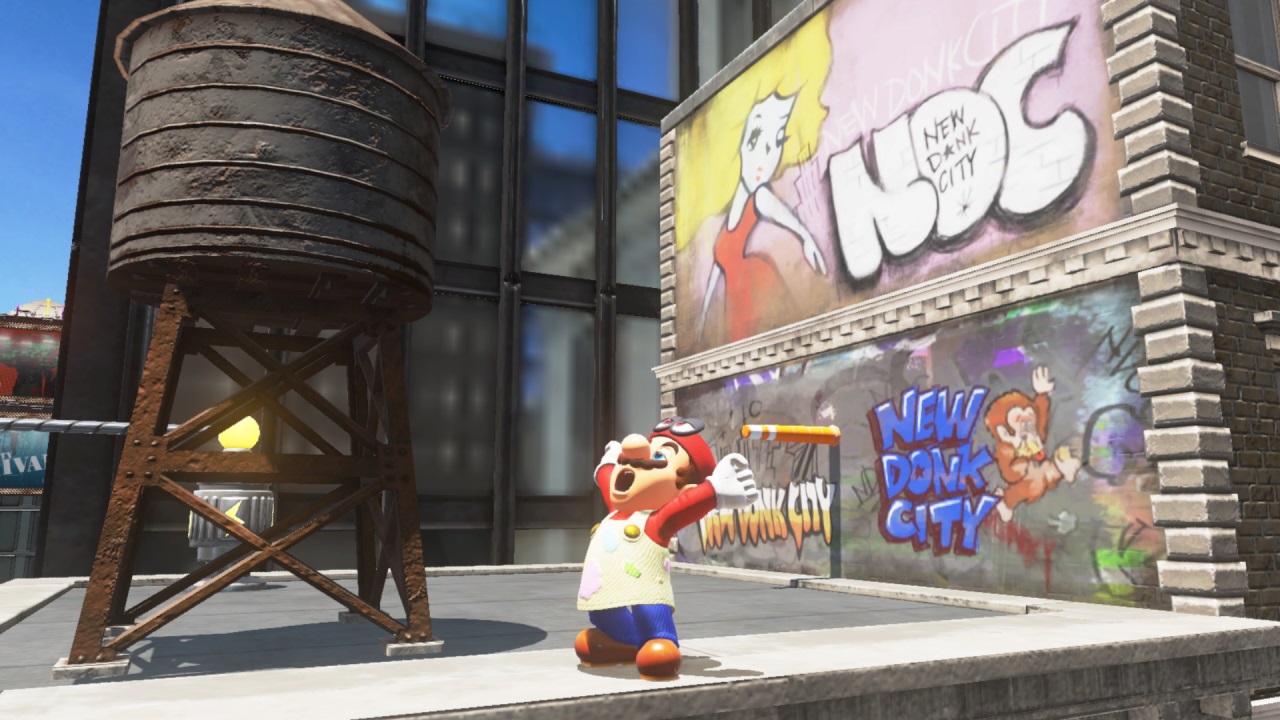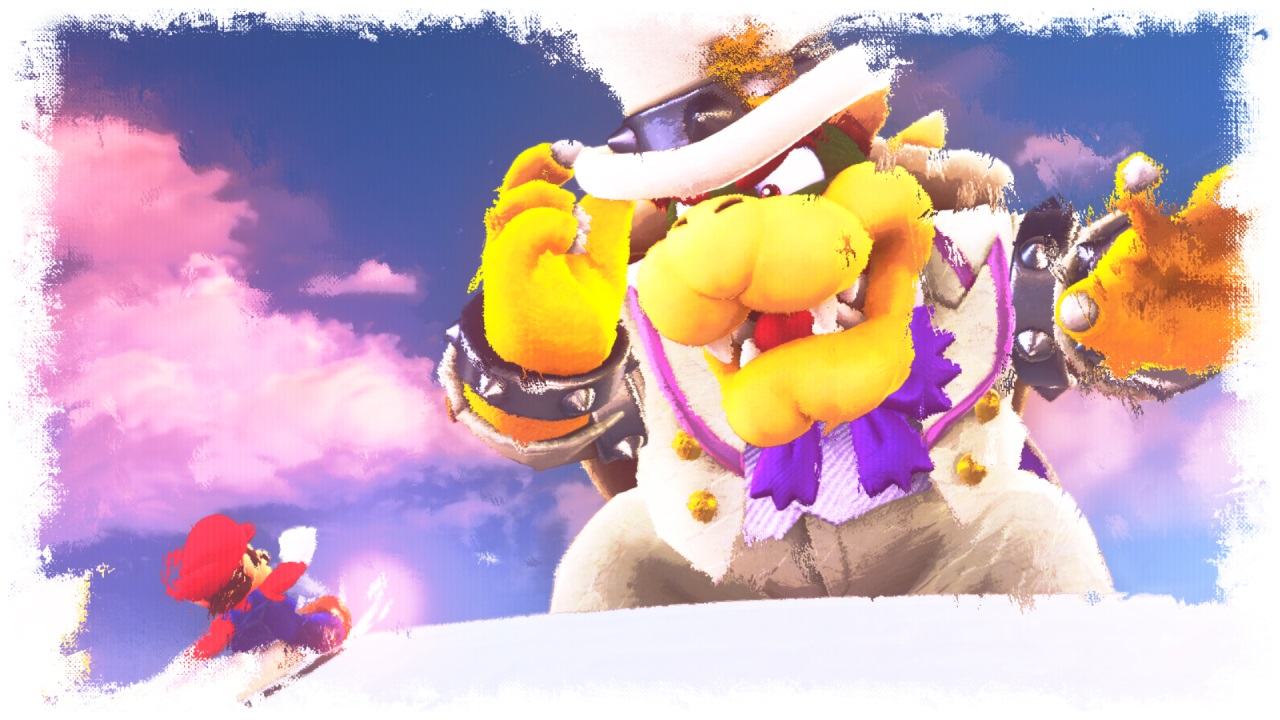Depending on who you ask, Super Mario 64 is one of the most important video games ever released. It set the stage for the past two decades of 3D action games and created so much goodwill among Nintendo fans that they were even willing to forgive the company for the Wii U and give the Switch a chance. For all of these reasons and more, it never made sense to me why Super Mario 64 felt like a one-off in the franchise rather than a platform.Super Mario Sunshine
was the first true follow-up to Super Mario 64, and although it shared a great deal in common with its predecessor, Mario was weighed down (both physically and metaphorically) by F.L.U.D.D. — a backpack that is capable of spraying streams of water for both combat and traversal. But for all its strengths and weaknesses, it was the closest we ever got to a sequel to the Nintendo 64 entry that defined a generation.
Nintendo followed up Sunshine with New Super Mario Bros. on the DS, which brought the 3D objects and characters from other recent entries to the 2D side-scrolling action of the original Super Mario Bros. games. Then the greatest 3D Mario game ever made (until last week) arrived on the Wii in 2007. Super Mario Galaxy did away with the gameplay gimmicks of Sunshine and let Mario run loose across the universe, unencumbered by gravity.

But as good as Super Mario Galaxy was (it’s my probably my favorite game released on the Wii), it was another new iteration of 3D Mario. It felt more like a spin-off than a follow-up to Mario 64. Nintendo followed it up with Galaxy 2, then a fantastic portable entry called Super Mario 3D Land and then built upon that with 3D World for the Wii U. All four were fantastic games in their own right, but two decades later, I was still waiting for a game that captured the same magic as Super Mario 64. It turns out that I was waiting for Super Mario Odyssey the whole time.
Super Mario 64 was brilliant because it was diverse. Super Mario Sunshine and Super Mario Galaxy each relied on themes (tropical island and space, respectively), but all that mattered in 64 was the level design. Mario was jumping into paintings, entering fantastical worlds that didn’t need to make sense in the context of any kind of narrative. And thus, the levels in 64 are as memorable as any level in any game I’ve ever played.

Super Mario Odyssey mirrors Super Mario 64 in that way. The kingdoms that Mario visits on his adventure in the new Switch game are even more outlandish and nonsensical than the worlds of 64, but running around them is as joyful as any 3D platformer in recent memory. They’re far larger than the worlds of 64, but like 64, the kingdoms in Odyssey feel open, not linear. In other words, you’re meant to explore them, not just “complete” them.
That’s what Mario has been missing for over 20 years: Series of playgrounds that encourage players to explore every nook and cranny, interact with every object and run through them so many times that they become more familiar than their own neighborhoods. As good as the other mainline Mario games have been (and many of them have been fantastic), none did what Odyssey does, which makes it all the more special.

But Super Mario Odyssey is more than just a spiritual sequel to Super Mario 64. [Spoilers ahead for those who haven’t beaten Odyssey]. Once you defeat Bowser and save Princess Peach, a new kingdom unlocks on the map: the Mushroom Kingdom. I hadn’t read anything about Odyssey before I played it (and beat it all in the same day), so this came as a complete surprise to me. It pays reverence to the hub world of 64 in countless incredible ways, going so far as to replace Power Moons with the Power Stars from 64. You can even find Yoshi sitting atop Peach’s Castle, right where we left him in 1996. Is it a cheap way to stir up nostalgia for all the 20-somethings who grew up with the N64? Possibly, but it’s also a pitch-perfect love letter to one of the best games ever made. [/Spoilers]
10 years ago, when Super Mario Galaxy dethroned Super Mario 64, I didn’t see any need for Nintendo to go back to basics and try to capture lightning in a bottle for a second time with another traditional 3D platformer. As time went on, my desire for a sort of “Super Mario 128” began to grow, and despite all the hype and expectations surrounding it, Super Mario Odyssey did the impossible and beat Super Mario 64 at its own game.








